Japan is known for many things, but two of them are the Shinkansen high-speed trains and the nation’s three Lost Decades of slow economic growth. Unfortunately, most tourists who go to Japan see the former and don’t see the latter and especially don’t see the connection between the two.
The distinctive noses of Japan’s first high-speed trains led people to call them bullet trains, a name that has endured even though later trains were shaped quite differently.
Yesterday’s 60th anniversary of the first revenue runs of the Shinkansen generated many laudatory articles about the trains. “Bullet trains changed the world of rail travel forever,” said CNN. The Guardian called it “The train that helped rebuild the idea of a country.”
My contrarian view of the Shinkansen is that, if anything, the trains destroyed Japan’s once thriving economy. Most writers believe that the first high-speed route, which connected Tokyo with Osaka, not only covers its operating costs but paid for all of its capital costs. I’m skeptical about the latter claim. The only evidence for that claim is that the Japanese National Railways (JNR), a state-owned corporation that built and operated the trains at that time, took less than ten years to repay a loan from the World Bank for the rail construction..
The problem with that is that the World Bank loan only covered a little more than 10 percent of the cost of constructing the rail line. Much of the rest of the cost was paid for with loans from the Japanese government. Were those loans ever repaid? I’m dubious about that because JNR, which had been profitable before opening the first Shinkansen in 1964, never made a profit after that. If it was losing money, how could it pay back those loans?
Regardless of whether the first line covered its costs, it led to political pressure on JNR to build more lines throughout the country. The Tokyo-Osaka corridor houses 40 percent of the nation’s population and most of its industrial base. Other corridors had fewer people and many of them were also more expensive to build in due to either mountains or waterways, either of which required much more tunneling.
JNR paid for these added lines by borrowing more money. Eventually it racked up an outstanding debt of more than $200 billion. For comparison, General Motors, once the largest company in the world, had a debt of $35 billion when it went bankrupt.
JNR was able to borrow this much because it, like other railroads, owned a lot of land and Japan in the 1980s was in the middle of a spectacular property bubble. At one point, land in the city of Tokyo was estimated to be worth more than all the land in the United States. Companies such as Toyota were making more money from manipulating the land market than from manufacturing.
Despite this, in 1987 the Japanese government recognized that JNR was unsustainable and reorganized it by dividing it into six operating companies: three passenger companies on Japan’s main island of Honshu, two on the other islands, and a freight company that would operate on all of the islands. It sold the high-speed rail lines to the operating companies for less than 1 percent of their construction cost. Since then, the operating companies on Honshu have proven profitable and have been privatized, while the others, including the freight company, have not and continue to be subsidized by the government.
The government restructured JNR with the expectation that it would be able to repay JNR’s massive debt by selling the company’s surplus land. Instead, the property bubble collapsed in 1990, forcing the government to shift most of the debt to taxpayers. This collapse also led to what has become known as the country’s three Lost Decades, referring to the fact that it has had the slowest economic growth of any developed country since that time.
(Ironically, the country’s economy was already collapsing when Michael Crichton’s book (and later movie), Rising Sun, expressed American fears that Japan’s growth was a threat to U.S. prosperity. In fact, all that was happening was that Japanese companies whose balance sheets had grown due to the property bubble were overpaying for American companies, and mostly lost money on those purchases. No one has worried much about the Rising Sun since the mid-1990s.)
The Shinkansen played two important roles in the Lost Decades. It is more than a coincidence that the property bubble collapsed right after the Japanese government began to sell JNR’s land. Before 1987, companies like Toyota that were profiting from the land market did so without actually selling their land. Instead, they did things like issue bonds using land as collateral, then allowing bond owners to trade their bonds for stock, thus relieving the company of the need to ever try to sell the land. The entire property bubble was based on a few sales of a few acres of land each year that created an illusion that all of the land in the country was worth much more than it was.
When the government tried to do some large-scale auctions of JNR lands, there were few bidders and the amounts they paid were less than expected. This forced people to realize that the bubble was unrealistic and prices collapsed.
When the 2008 financial crisis hit the U.S., regulators required banks to revise their asset sheets by reducing the estimated values of land in thoir portfolios. Japanese regulators failed to do the same in 1990, so banks and other corporations continued to claim high assets based on unrealistic land prices. This is why the U.S. quickly recovered but Japan did not.
Instead, Japan decided to build its way out of its recession, mainly by building more Shinkansen lines. These lines were leased to the operating companies at rates that would never cover their capital costs. The government justifies these losses based on the economic development benefits from the trains, but this is a zero-sum game: cities served by the Shinkansen grow faster at the expense of slower growth of cities bypassed by the train lines.
I saw this in the town of Minakami, which is on the Joetsu rail line but was skipped by the parallel Joestu Shinkansen. Once a thriving resort town in the Japanese mountains, Minakami is now a ghost of its former self, having lost a third of its population since the Joetsu Shinkansen line opened in 1982. Many buildings are boarded up, and a pedestrian bridge that once connected the train station with the main part of the town has been closed after years of poor maintenance.
Today, Japan is governed by what might be called the Shinkansen Mafia, including construction companies, politicians that receive contributions from those companies, and bureaucrats who hand out the construction dollars approved by the politicians. Shinkansen lines are not the only things built by this mafia: the government also spends exorbitant amounts of money on water projects. Most recently, a wind power company has been associated with a political scandal.
When the government dedicates resources to building money-losing rail, water, and energy projects, fewer resources are available to private markets wanting to build profitable projects. This is especially a problem in Japan, which demographically has a major labor shortage. The dedication of scarce labor and other resources to worthless projects stifles the nation’s economy. Between 1990 and 2020, per capita GDPs doubled in Canada, France, Germany, and the United Kingdom and tripled in the U.S. but grew by only 60 percent in Japan.
Most tourists who ride the Shinkansen only see happy people traveling on trains. I ride it and see a nation whose economy has been dragged from riches to rags by wasteful spending on obsolete programs. This is a critical lesson for other countries tempted to also build such obsolete projects.

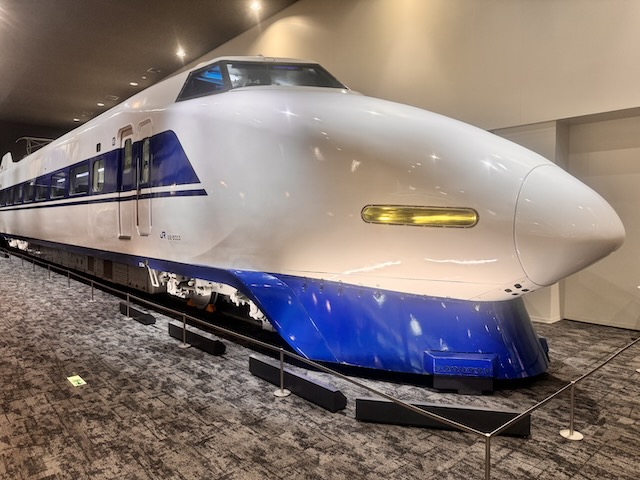
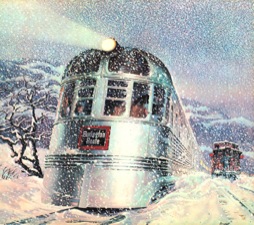
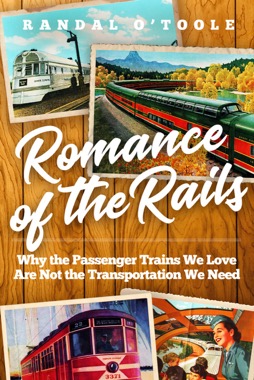

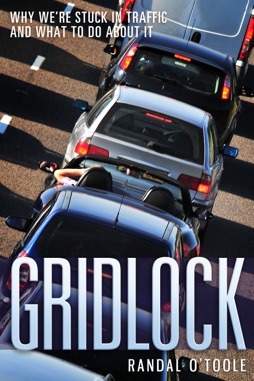
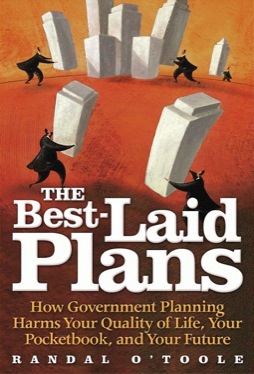
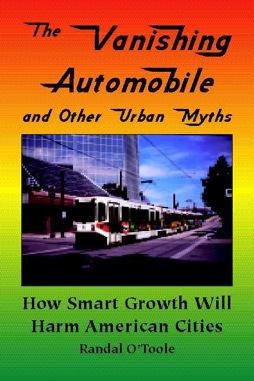
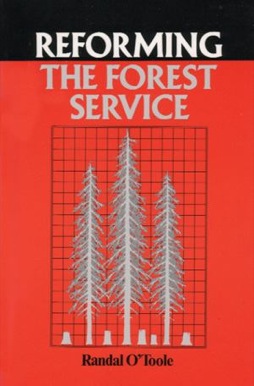
“If it was losing money, how could it pay back those loans?”
Um. Really? If you are losing money, it’s because you are paying out more than they are taking in. By definition, you are paying at least some (not necessarily, but possibly all) of your bills.
FantasiaWHT:
You are right, of course. However, given a choice between paying employees, paying suppliers, and paying back loans to the government, a state-owned company is going to pay employees and suppliers first. Repayment of government loans will be the lowest priority use of funds, which makes me suspect not all of the original loans were repaid (or, if they were, were repaid out of new loans).
Economists are rare in abilities to predict effect of so called disruptive technologies which augment the labor market or render established tech obsolete. Japan despite it high tech visage is a land of Old technology, computer ports ,VHS and CRT television.
Many projects are labor intensive.
Japan also has literally has 700,000 miles roads and 50,000 miles of highway rival the US Interstate. And the disruptive technology that went after Shinkansen was, the bus. Japan’s fastest growing inter urban rapid transit.
https://www.timeout.com/tokyo/news/these-fancy-overnight-buses-in-japan-feature-private-sleeping-pods-081921
IF Tokyo-Osaka line made a profit, it wouldn’t really matter. If the T to O hsr route was the only one they made; so what. JNR profitability would have subsidized the line. If Japan had kept it’s trains to max of 120 mph over all servicability and financial capability of the line; BUT LABOR is also a key player. When JNR underwent it’s restructuring by 70s and 80s, timultuous circumstances including labor strikes, riots formed. In long run JNR bit the bullet and Laid off half it’s staff.
We saw this also in an industry Spain and US, solar industry; Green politicians love boast solar sector employs virtually as many people as the petro/gas industry; but thats’ issue; solar only producing barely 1% US total energy needs, a workforce of 600,000 is huge labor cost compared to one that produces 70-80% nations energy; the Solar and wind industry cannot grow without enormous labor costs. And automation is difficult because it’s all left outside to same environmental conditions.
MODAL transport share in Japan, rail ridership remained fairly same in tokyo metro area, except for Buses which lost half their ridership from 14% to 6% by 2003.
Outside Japan’s three largest urban areas, it declined from 32% to just 8. Rail ate into cheap buses.